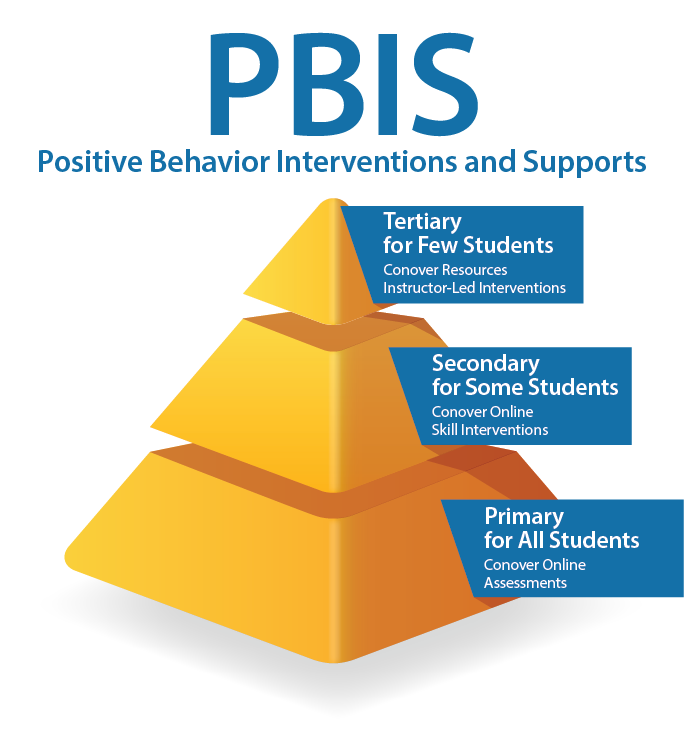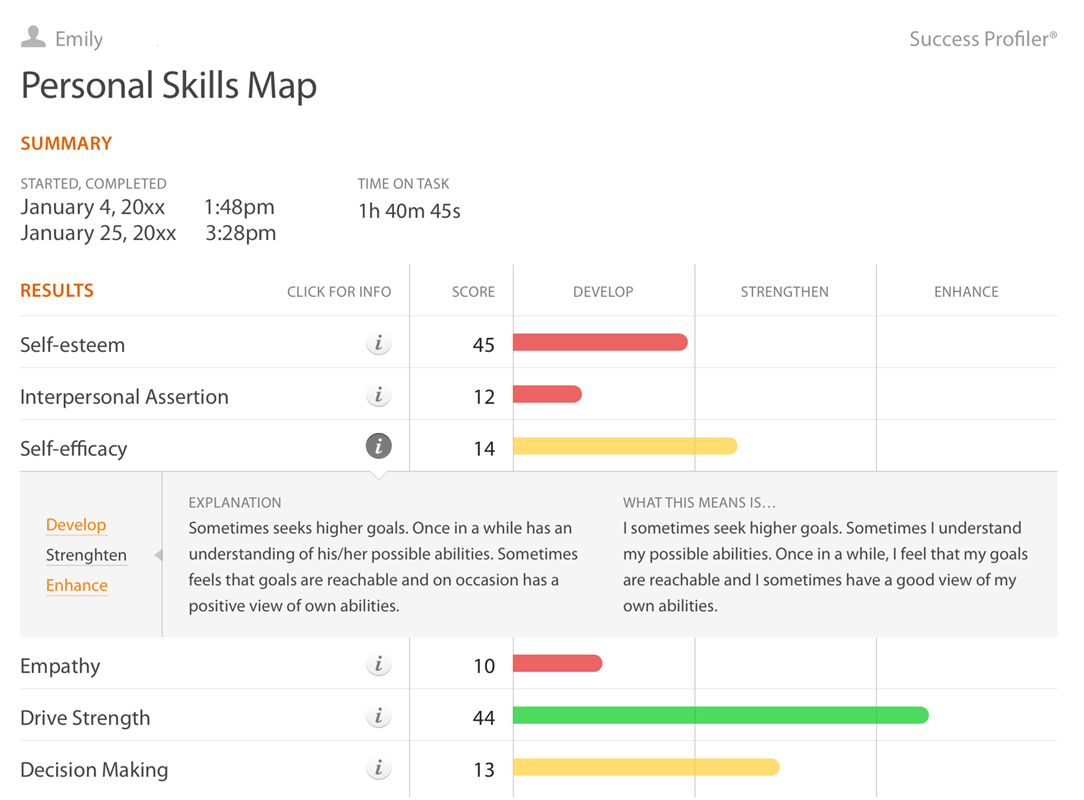There are many approaches to delivering positive intervention and supports. We feel that our Conover PBIS approach is the most practical because it is the approach that is focused on the student. We know from experience that a student-centered approach will resonate with both staff and students.
Another key feature in our PBIS system is that it takes full advantage of three critical factors often overlooked in the PBIS process: research, video modeling and technology.
Let’s examine these three factors.
Research
The Conover PBIS system starts with research-based assessments. Assessments need to drive interventions. We at the Conover Company are well aware of this fact and have focused on providing assessment-driven instruction for almost 40 years. Our assessments are all research-based. We now have over 140 research reports at the master and doctoral level. This research is connected to several major universities throughout the US.
Video Modeling
Video modeling is a form of observational learning in which desired behaviors are learned by watching a short video demonstration of the targeted behavior and then imitating the observed behavior. Over the past 40 years the concept of video modeling or observational learning has grown into an evidence-based practice that is supported by extensive research showing real promise for teaching or training individuals with disabilities.
According to Bellini and Akullian (2007) the concept of modeling was introduced by Albert Bandura (1977), who found that children acquire many skills simply by observing other people performing the skills. He also found that observers will imitate behaviors with or without the use of reinforcement and can learn to perform these behaviors in new settings. The ability to observe a behavior in one setting and then repeat that same behavior in a totally different setting allowed the development of the use of modeling to increase the likelihood of generalization of positive behaviors from one setting to another.
Technology
Because video modeling used to require the use of heavy video playback devices, it was impractical to use outside a specially-equipped classroom. Today we have advanced technology using digital video and human-quality audio which enables us to move to more complex activities. These activities can now be delivered through the internet on any computer, tablet or cell phone, allowing learning to take place in real time, anywhere, 24/7, simplifying everything and connecting learning to the real world.
Three Tiers of PBIS
You are all aware of the three tiers of PBIS.

Let’s take a quick look at how Conover’s PBIS system has incorporated the three critical factors of PBIS—research, video modeling and technology—in the PBIS process.
Here’s How
Tier 1 – Primary – For All Students
The three tier approach with PBIS must start with a research-based, age-appropriate, valid assessment process. Using cloud-based technology, it is easy to assess a whole group of students in a least restrictive environment. Full audio, closed captioning, and touch screen, as well as a follow-up intervention system, are only a few of the adaptive features to look for in a PBIS assessment.
Tier 2 – Secondary – For Some Students
If the assessment technology is designed correctly, it will automatically score the assessment, and then assign and deliver Tier 2 skill interventions. Skill interventions need to be designed as self-directed learning so that students can work at their own pace and time. A comprehensive management system should track all user data, and be able to deliver individual, group and district-wide reports for program accountability. The automatic alignment of assessment results to needed skill interventions saves staff time and money and allows users to begin to work on skill deficiencies as soon as the assessment process is completed. The use of short, 30-second videos in the skill interventions reduces the inherent stress in the learning process and incorporates a multi-sensory approach, making learning new skills easy and fun. The generalization process from learning to using new skills is greatly enhanced with the use of video modeling technology.
Tier 3 – Tertiary – For Few Students
The third tier is the most intensive, requiring a different delivery approach. In this tier the self-directed learning approach is replaced with an instructor-directed learning approach which can be used with both individuals or groups. In the instructor-led approach resources such as short videos and PDF workbooks are available to the instructor through the internet, however they are in a format that allows instructors to use the resources in a class setting and then use the curriculum to discuss why this skill is important and how to use it in real life.
6. Controlling your Emotions
a. Stay calm
b. Practice using good communication
c. Learn to make constructive suggestions
d. Think before you speak or act
e. Write down your emotions
1. What are emotions?
_____________________________________________________________________________
_____________________________________________________________________________
_____________________________________________________________________________
2. Do you have difficulty controlling your emotions?
_____________________________________________________________________________
_____________________________________________________________________________
_____________________________________________________________________________
3. What are some things you have learned about controlling your emotions?
_____________________________________________________________________________
_____________________________________________________________________________
_____________________________________________________________________________
4. Why is controlling your emotions important in developing a positive attitude?
_____________________________________________________________________________
_____________________________________________________________________________
_____________________________________________________________________________
Students should complete a post assessment upon completion of skill intervention in both Tier 2 and Tier 3. This provides a seamless delivery and program accountability process.
Contact us today for a free webinar and or trial account.


